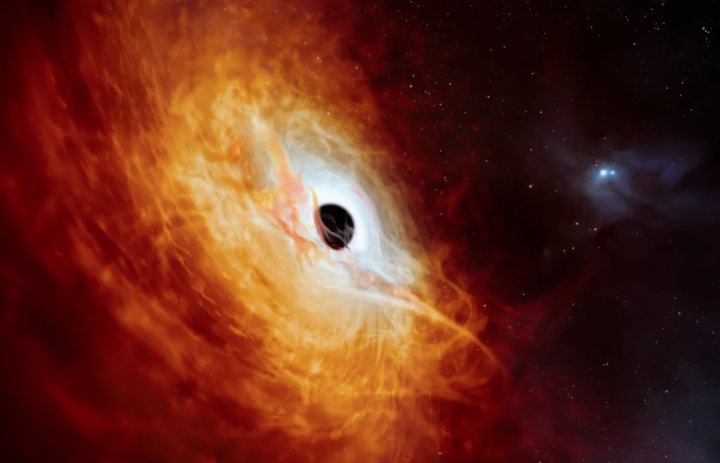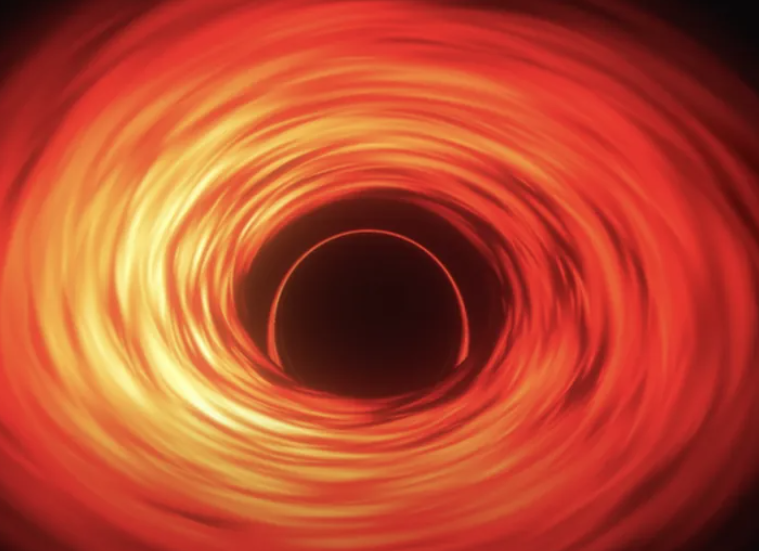One of the biggest problems in modern physics is measuring the universe’s expansion, and merging black holes might provide the solution.
Space-time itself, as well as the gravitational waves acting upon it, are being stretched by the universe’s expansion. Although we may not yet have the capability, it is possible to measure the expansion by extending the waves created when black holes clash.
The realization that the rate of the universe’s expansion is speeding up was a thunderbolt for cosmology. However, specifics about this acceleration are still obscure. We do not only have no idea what is driving it, other than calling it Dark Energy, but we also have no idea exactly how quickly the universe is expanding or how much that speed has changed over time. These things have been measured using a variety of techniques, and the outcomes are not entirely consistent.
- Researchers Have Discovered a New Method for Finding Alien Worlds Outside of Our Solar System
- Trump opponents are losing elections one by one
Black hole mergers are being proposed by two astrophysicists as a kind of scientific tie-breaker.
Nearly a hundred of the space-time rippling effects of colliding black holes have been discovered. In a recent work published in Physical Review Letters, Dr. Jose Ezquiaga and Professor Daniel Holz of the University of Chicago suggest that this represents a sample sizable enough to allow comparisons between the nearer (cosmologically speaking) collisions and those more distant.
In a statement, Holz claimed that if a black hole were moved earlier in the cosmos, the signal would shift and it would appear to be larger than it actually is.
If we also know the distance at where the various mergers took place, the magnitude of the change gives us an estimate of the universe’s expansion.
Unfortunately, we need to know how the wave originally appeared in order to determine how much it has been affected. It is impossible for any particular black hole merger to occur. The scenario is different, though, if we think that local mergers are similar to those that occurred during the universe’s “awkward teenage years.”
Ezquiaga explained, “We measure the masses of the close-by black holes and comprehend their features, and then we look further away and observe how much those further ones appear to have shifted.”
Of course, it’s likely that there have been other changes since then. Possibly, black holes in surrounding galaxies are bigger or smaller than they were five or ten billion years ago. If we were looking at the supermassive black holes at the centers of galaxies, that would be quite possible, but mergers of such are extremely uncommon. Instead, the much more frequent scenario of stellar black holes merging together from supergiant stars makes up our sample. It is logical to believe that as the universe expands, the peaks and valleys of the mass distribution will continue to hold true.
Neutron star collisions may strengthen the research, even if they are more difficult to detect at long distances.
The waves are spread out like a receding car siren, which is why Ezquiaga and Holz refer to their method as the “spectral siren” method.
When viewed at a time a few billion years older than our own, the neighboring cosmos is comparatively simple to examine. The cosmic microwave background provides us with a remarkably rich window into the first moments of the universe, but the time in between is much more challenging to examine. Black holes, in the authors’ opinion, will close that gap.
Even if our current sample is inadequate for the job, it has only been six years since the gravitational wave from a pair of black holes was discovered. Since then, development has been swift, and numbers are anticipated to increase quickly.
Type Ia supernovas, along with other relatively local measurements like the stretching of the cosmic microwave background, are used in existing methods to calculate the rate of expansion of the universe, but the results are not quite consistent. This implies that at least one of the underlying physics is subtly misunderstood, though we are unsure which.





